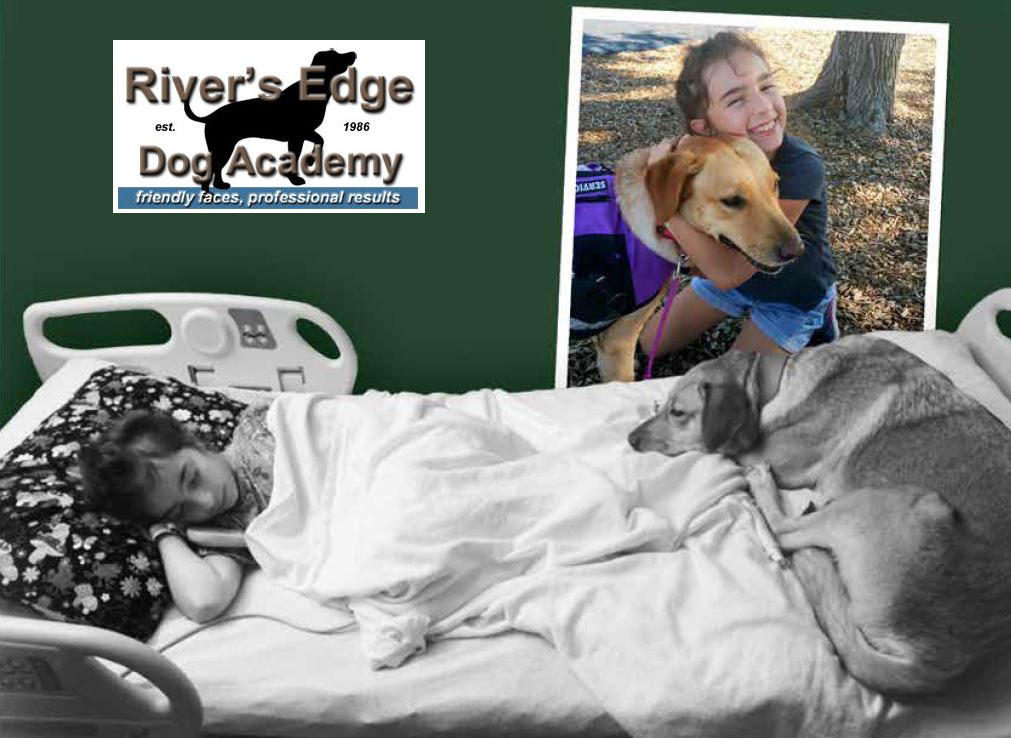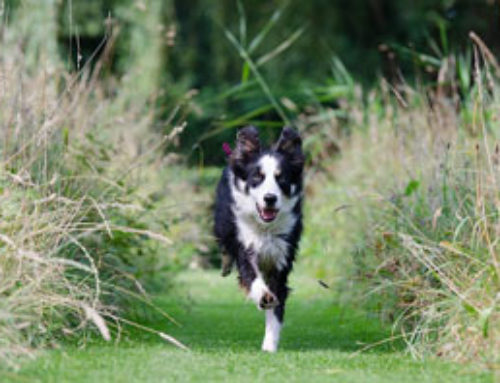
Written By: Eric Smith
Originally Published in Texas Living Magazine
August 2017
Dogs
Man’s Best Friend
The eternal stalwart that remains by your side through thick and thin. These fiercely loyal animals can become part of a family. Many adults have childhood memories dotted, and in some cases signposted, by their family pets. Whether it was the pet that often found various creatures in the creek nearby and brought them home as gifts, or the one that would merely lounge in laps for hours, these pets remain a large part of many life experiences.
Some dogs are closer than family, commissioned and trained to be the first line of defense against trouble. Take for instance Lord Chris Holmes. He is a noted English humanitarian and sportsman
who lost his sight at a young age, and has learned to rely on dogs to become an extension of himself. He often explains what it is like to experience walking through a busy street with a dog, all the while knowing that the animal is solely responsible for his well-being. To have an animal serve as sight, or even more, takes love, patience, affection, and trust. At River’s Edge Dog Academy, located in the Brazos Valley, Terry and Nancy Cadle are training animals to serve as protectors.
River’s Edge can train your pet to be loyal and obedient, but they are finding new and amazing ways to teach dogs new tricks. “What we are doing now has really rejuvenated us,” said owner and master dog trainer Terry Cadle. River’s Edge is currently training dogs to help people coping with type 1 diabetes (T1D) and people suffering from post-traumatic stress disorder (PTSD). The fact that these animals can help so significantly seems somewhat shocking and unbelievable, but with Terry’s expertise and care, these dogs are saving lives and preventing medical disasters regularly.
Dogs are known for their keen ability to detect scents, and the Cadles are using this evolutionary trait to train the dogs to help detect low glucose levels. According to the American Diabetes Association, glucose levels should be between 80 and 130 mg/ dl prior to eating and no more than 180 mg/dl within 2 hours of a meal. While the dogs cannot measure the glucose levels the way a human would with a machine, they can measure them with their nose. “We teach them to find the scent; it’s like playing find the ball,” says Terry. Essentially, not unlike drug-sniffing dogs, the dogs are trained to find a specific scent, and the breath of a type 1 diabetes sufferer takes on a unique odor below 80mg/dl. “We capture a bit of the saliva and teach the dogs to recognize the scent.” Obviously for a dog to be able to detect the scent, the bond between animal and human must be strong, and the animals must be vigilant at all times.
The animals are trained to “indicate” an issue, and thus alert the person of their condition. The alerts can take on a few forms, but they are what Terry describes as passive. Essentially, the animal
will bump the person with their nose or paw indicating an issue. If the alert is not received or processed, the dog will continue to alert until it feels satisfied in the response. The dogs are trained
specifically for their owners-to-be, and this is the key to ensuring a proper match between dog and human.
For Terry, the proudest moment came a few years ago. A family contacted them, and acquired a dog for their daughter suffering from type 1 diabetes. After the dog had been in the house for some
time, the family brought a foster infant into the home. One night, the dog began to alert various people in the house. The mother went to her daughter immediately as the dog was trained to care and alert for her needs. After ensuring the daughter was fine, she began to try and decipher why the dog was alerting. Eventually they determined it was the infant in the bassinet. No one was aware that the infant suffered from diabetes and they used their test equipment to check glucose levels. It was hovering around 40. “If that dog hadn’t alerted them that night, the baby wouldn’t have survived,” Terry recalls. This was the real turning point for the Cadles, and seeing a dog go above and beyond its training was beautiful.
The dogs the Cadles train do not have to be well-bred show dogs. “Any dog that can do the job, we want.” They routinely visit animal shelters in and around their home. “Anything with a good snout.” The two things they look for? A good drive to play, and a good drive for food. “You have to make the dog work for you, not [the other way around],” says Terry. The Cadles believe that they can train nearly any dog provided it meets this basic criteria.
The training for PTSD alert dogs is a bit different, given that PTSD is a mental illness, and not easily detectable by scent. PTSD can affect anyone after a major or catastrophic event in their
life, and the Cadles hope to bring a bit of normalcy into the lives of people throughout the country. PTSD often manifests itself in nightmares during sleep, or panic attacks in other parts of the day,
and the key for the animal is to provide comfort. A dog trained to help offset PTSD can be a godsend for veterans.
If the owner begins to have a nightmare, the dogs are trained to crawl into the bed and lay upon the person to act as a covering shield and physical reminder that everything will be ok. They serve as a “comfort blanket” of sorts, and their care and attention are proving to be invaluable for many people. If a PTSD attack occurs during the day, the dog is trained to circle the person again and again, until they feel calmed. Again, the main focus of the animal is to provide a constant for the person in need, a symbol that they have something to latch on to, even if their mind is swirling through various images and scenes.
It is easy to sense that the Cadles are doing something they truly love and want to see their impact and efforts grow. They are currently setting up a non-profit to not only train more dogs, but to train people to become trainers as well. The idea is that if more people know how to train animals, then more animals will be available. The Cadles also love to involve local teachers and students from nearby Texas A&M University. “Some of the best people we’ve trained with are teachers,” says Terry.
Seeing-eye dogs are not a new phenomenon, but the idea of a dog that can identify mental or medical issues is quite new and fascinating. The Cadles are finding ways to bring joy to people through animals, along with protection and comfort. For those interested in reaching out to them to learn more, or to find ways to help, please do. The importance of their work cannot be overstated.






Leave A Comment